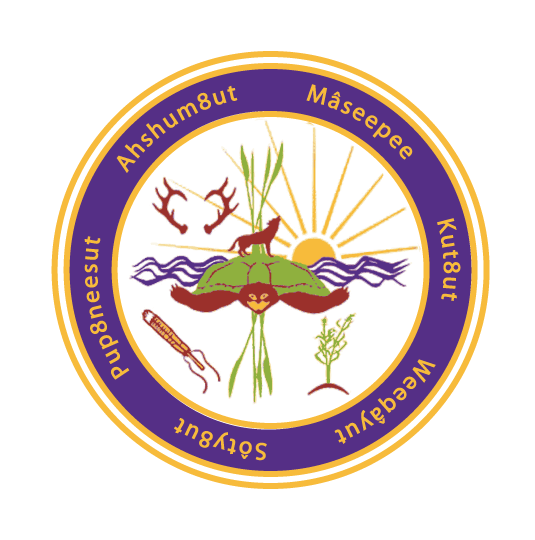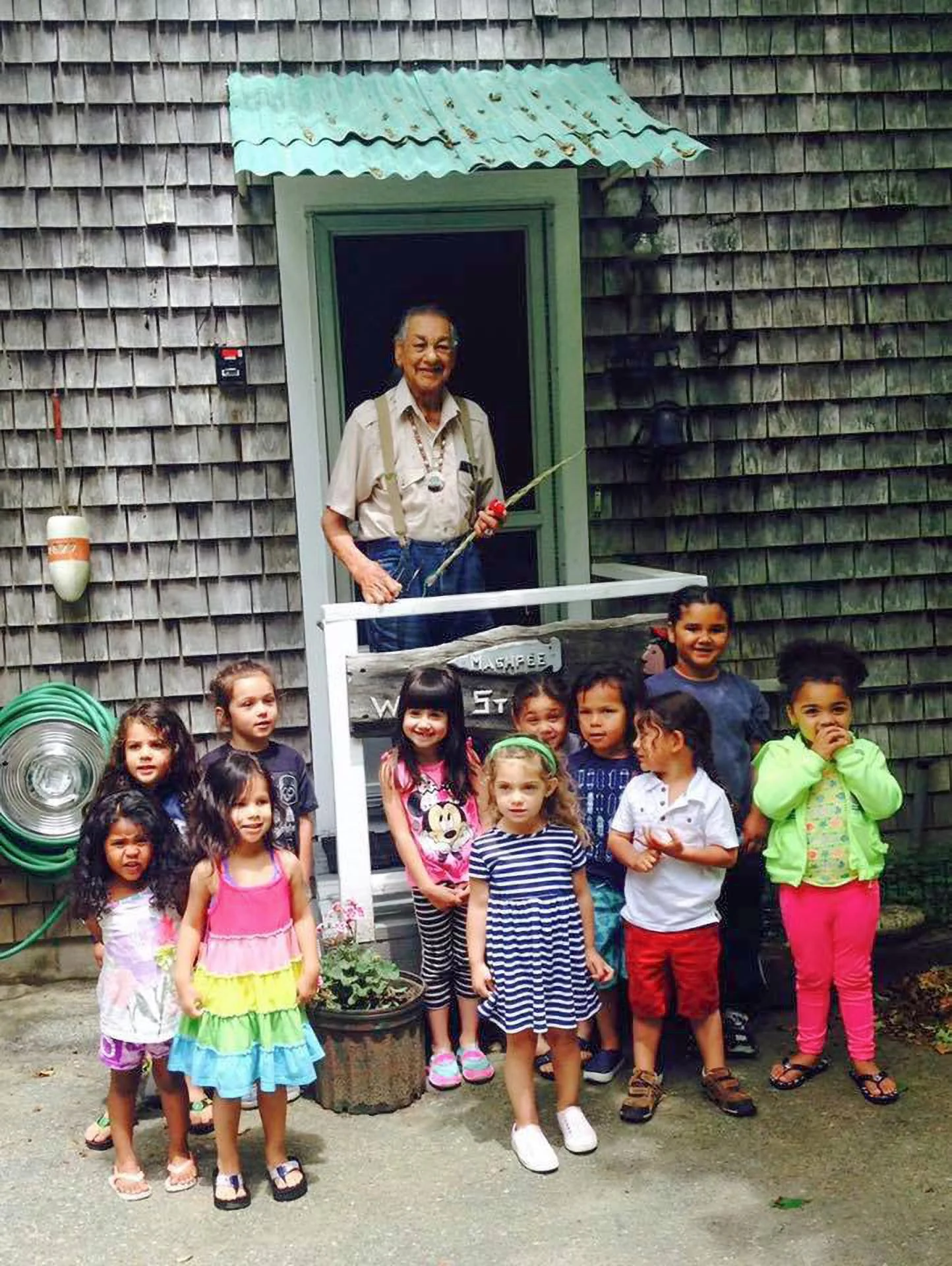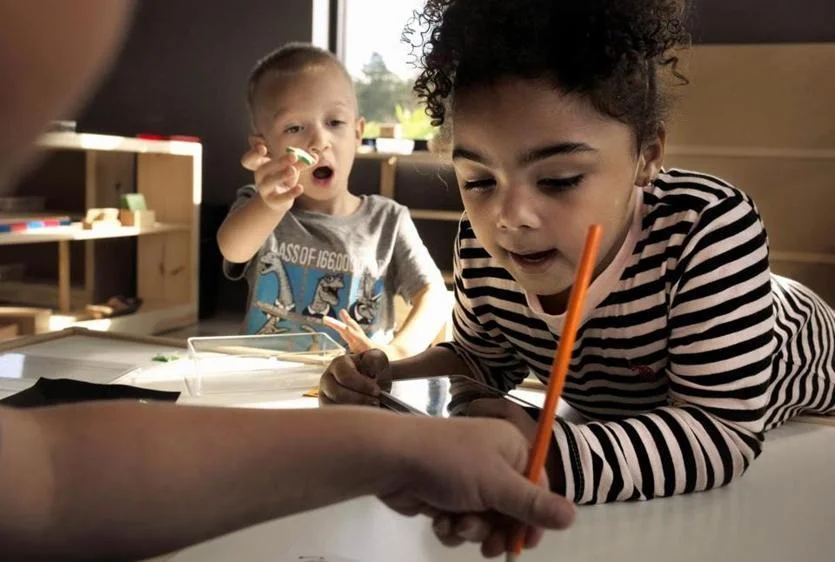Bright sunlight streams through a bank of windows, illuminating a circle of 23 preschool and kindergarten children holding hands. Having just finished reciting the days of the month and discussing the day’s weather and season—all in Wôpanâak (Wampanoag) language—the students giggle and sway slightly, then become still as the older students, 4- and 5-year-olds, launch into a lengthy morning address reaffirming Tribal values and homelands and giving thanks for their ancestors. Wide-eyed 2- and 3-year-olds watch intently as their venerated teachers and peers effortlessly recite a complicated list of commands exhorting the tiny school community to “Be respectful! Be honest! Be compassionate! Be humble! Be brave! and Be grateful!” Next door, Mukayuhsak Weekuw’s (The Children’s House) inaugural cohort of first grade students makes tobacco offerings and prays with their teacher. In forthcoming academic years, students will be encouraged to stay at the immersion school through fourth grade.
Mashpee High School Offers First-Ever Native American Language Course
Learning a new language has long been a requirement at most American high schools. While the typical offerings include Spanish, French, and Latin, in Mashpee, a small group of students is taking on a language that hasn’t been spoken fluently in centuries. WCAI’s Kathryn Eident has more on the Wôpanâak Language class at Mashpee High School.
Reclaiming a lost language; New school’s goal to teach children Wampanoag tribe’s native tongue
Students of the Mukayuhsak Weekuw language nest, or the ″Children’s House,” could be the first to grow up with a proficiency in Wôpanâak, the long-lost language of the Wampanoag nation.
And if the toddlers — some as young as 3 years old — decide to attend high school in Mashpee, they may be able to take classes about their native tongue for credit.
Wampanoags teaching children their lost language
The Massachusetts tribe whose ancestors shared a Thanksgiving meal with the Pilgrims nearly 400 years ago is reclaiming its long-lost language, one schoolchild at a time.
‘‘Weesowee mahkusunash,’’ said teacher Siobhan Brown, using the Wampanoag phrase for ‘‘yellow shoes’’ as she reads to a preschool class from Sandra Boynton’s popular children’s book ‘‘Blue Hat, Green Hat.’’






